The House: Unsettling And Confusing
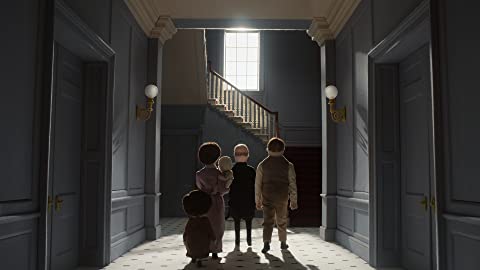
The House Has Heavy Commentary On Something
The House is an interpretive art piece. The creators had a point to make, and a message to send—but I’ve yet to figure out what that message was. It was like being screamed at in a foreign language you almost know well enough to understand.
This level of confusion also persists if we’re to ignore the underlying meaning. The House is touted as a “dark comedy,” and that is almost a lie. Sometimes, there was no closer genre to call it, but the better part of this movie is horror. Pure, disturbing, off-putting horror. To say that scenes are creepy is to undersell how much stop motion can make your skin crawl.
This mismatch is mainly because The House is three short films, each about thirty minutes long. They are interrelated, mostly by the titular house, but feel foreign to one another. The species of the characters involved aren’t even continuous, with it being the tale of humans, then mice/rats, then cats.
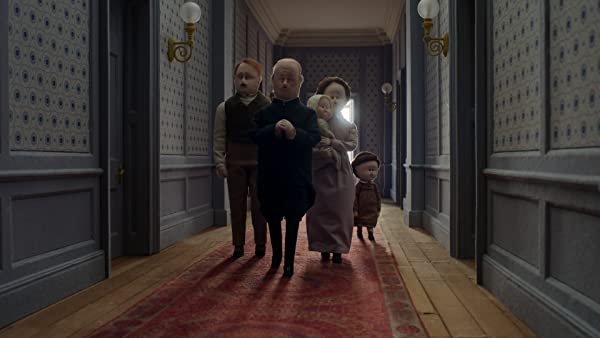
Three Connected Stories Sadly Do Not Mesh Well
I’ll be reviewing them one after the other, comparing them as we go. Starting with the most thematically coherent and effective of the stories: the humans.
Within a short time, chapter one gets across severe fear, unsettling imagery, and a sense of something being wrong. If you’re familiar with this type of horror, you’ll quickly guess what’s happening—but it doesn’t make it not effective. You can also, right away, hear one of the consistently best aspects of the whole trilogy: the voice acting. Even with limited animation for the character’s facial expressions, this is top-notch auditory work. There are a few instances of stereotyping and questionable choices in the later chapters, but overall, it makes it feel real. I’d recommend chapter one even if you don’t intend to watch the rest. It’s just good horror and a solid commentary on greed and commodification. I’d love to see a show that consisted of similar short-form stop-motion creep-fests.
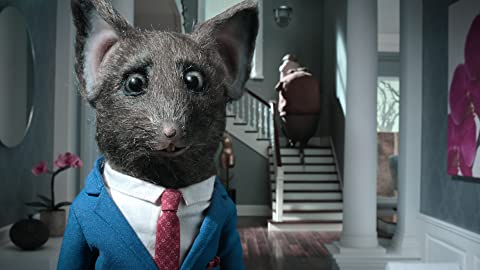
When The Movie Wants To Be Scary It’s Terrifying
The second chapter is where the meta-narrative seems more pronounced and trying to be topical. If it wasn’t for the third chapter muddying the waters, I would’ve guessed that The House is about recent economic events in the real world. An elongated scene where a newscaster talks about “the recession” and the extreme financial stress that the main (rat) character has in selling this three-story luxury house seems to be the point. With the recent success of Squid Game, I wouldn’t be surprised for a dark narrative to focus on the housing market. I don’t quite know how chapter two’s eventual surreal descent into madness and bugs goes with that idea, but it still felt connected if beyond my understanding. This one isn’t as much pure horror, closer perhaps to the touted dark comedy/tragedy, with a shocking ending that’s still extremely open-ended. It has the vibe of something you’d spend hours discussing at a café.

The House Defies Possible Theme Interpretations
Then things are thrown in the blender. Chapter three jumps into a story about a struggling landlady who tries to get rent from her tenants in what’s an apocalyptic, drowned future where money means nothing. Again, there are themes of the failing housing market and perhaps even allusions to global warming, the homelessness epidemic, future economic collapse, and vague afterlife spiritualism. If someone claimed all the characters in this section were dead, or in some afterlife, I would be hard-pressed to argue against it. It has that vibe. It also has nearly no story structure. Things happen only because they emotionally make sense or seem to support the themes. In the earlier two tales, even the inexplicable has a sort of nightmare logic to why they occur, but the ending of this was baffling. It seems a hopeful resolution and isn’t scary, but I was left scratching my head. I’d been hoping for clarity, a scene that made the ultimate message make sense. It never happened.
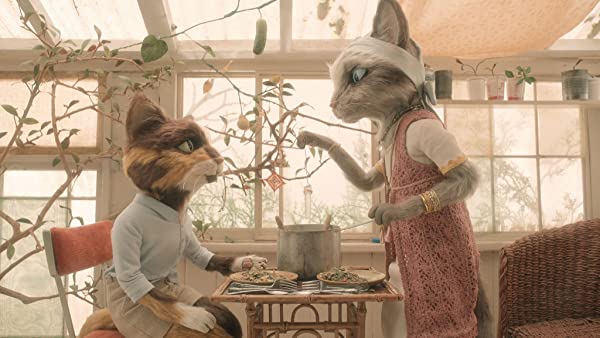
The House Ends And Nothing Makes Much Sense
But what might be the key comes at the credits. I won’t spoil it, but a song’s lyrics—of all things—had a mostly resonating idea, something metaphorically adaptable to all the narratives. In my attempts to talk out this movie with another person, it was the thing that made the most sense.
It’s rather difficult to recommend The House. On a technical level, the movie is nearly uniformly excellent. The animation, while limited, is visually interesting, and reminds me of Coraline or Fantastic Mr. Fox. They do a lot of creative camera angles and blocking with the characters. A ton of care went into this movie, and it shows.
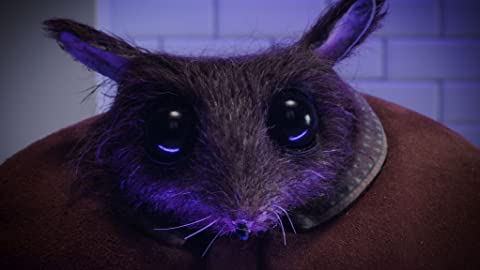
The House Is Frustrating But Also Very Well Made
But whether you’ll enjoy this film depends on how much you like art being vague on purpose and obfuscating meaning by thick metaphor. And whether the meanings you interpret resonate with you. Personally, I wish that The House was clearer with its tonal intentions. I don’t mind open-ended meaning, but I’d like a consistent genre or style. If it wants to be biting satire, then fine. Squid Game was great, and I’d love to see stuff like it done in stop motion. If it wants to be horror, then fine. Coraline is one of my favorite movies. Even the lived-in magical realism of the third spot could’ve been something more relatable and comedic. But The House is about a weird house, and the genre changes with the people who live in it. If you’re willing to look inside, I can’t promise you’ll enjoy it all, but you’ll find something that’ll at least stick with you for a long time.
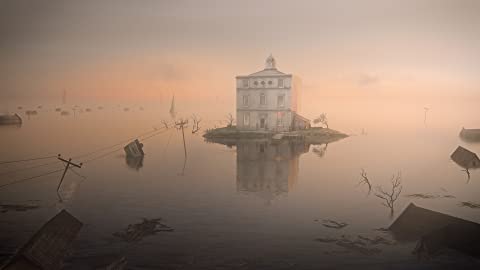
Possibly Related Posts:



Comments